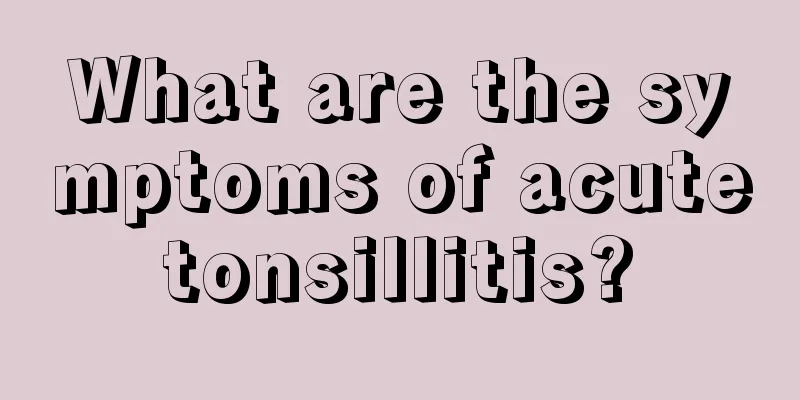Hypertensive cerebral hemorrhage

|
Hypertensive cerebral hemorrhage is a serious disease. Clinically, this disease occurs when long-term hypertension or cerebral arteriosclerosis causes pathological changes in the small arteries in the brain, leading to rupture and bleeding. And because among the different causes of non-traumatic cerebral hemorrhage, the incidence of hypertension accounts for about 60%, and it is the most serious type of hypertension, so, what should be done about hypertensive cerebral hemorrhage? What exactly are the treatments for hypertensive cerebral hemorrhage? Generally speaking, in clinical practice, surgical treatment is also one of the effective treatment measures after hypertensive cerebral hemorrhage occurs. However, such treatment should only be effective when non-surgical treatment fails and the bleeding has not yet caused primary or secondary fatal damage. The purpose of surgical treatment is to eliminate hematoma, reduce intracranial pressure, relieve the occurrence and development of brain herniation, improve cerebral circulation, and promote early recovery of compressed brain tissue. The treatment of hypertensive cerebral hemorrhage is selective. If the bleeding is minor, internal medicine treatment can be used. When the hematoma is large, such as when the volume of hematoma in the external capsule or internal capsule area reaches more than 20 ml, timely craniotomy or stereotactic brain surgery to remove the hematoma often helps to relieve brain pressure and promote recovery. Stereotactic brain hematoma aspiration surgery has precise positioning and small surgical damage, and is especially suitable for removing hematomas deep in the brain or in important functional areas. The onset is extremely acute, and the condition tends to worsen in a short period of time. If the patient is already in a coma or decerebrate rigidity state, surgical treatment is sometimes difficult to achieve results. There are usually no warning signs before bleeding. 50% of patients experience severe headaches and vomiting is common. Blood pressure rises significantly after bleeding. Clinical symptoms often reach a peak within minutes to hours. Clinical symptoms and signs vary depending on the site and amount of bleeding. Mild hemiplegia caused by bleeding in the basal ganglia, thalamus and internal capsule is a common early symptom. About 10% of cases experience epileptic seizures, which are often focal. Severe cases quickly turn into confusion or coma. If we suffer from a disease like hypertensive cerebral hemorrhage, our body will suffer great torture. Therefore, once we find the occurrence of hypertensive cerebral hemorrhage, we should go to the nearest regular hospital for treatment of the disease in time to ensure that the disease is controlled in the early stage and the hypertensive cerebral hemorrhage can be cured as soon as possible. |
<<: Symptoms and treatments of hypertension
>>: Hyperlipidemia examination and treatment methods
Recommend
What are the nursing methods for advanced lung cancer? 4 nursing methods for advanced lung cancer
Lung cancer in the late stage is basically incura...
Why do I feel stuffy in my chest and choke when eating?
I believe many people are familiar with the situa...
The difference between four-dimensional and cardiac color Doppler ultrasound
Giving birth to a new life is a sacred and solemn...
Precautions for liver cancer treatment in the elderly
Elderly patients with liver cancer should be trea...
How to use a light wave oven
I believe many people know about microwave ovens,...
How to treat chronic diarrhea?
Chronic diarrhea is a common phenomenon and has a...
What can defecography reveal
Defecography is a type of medical radiography tha...
What is the method for differential diagnosis of bladder tumors?
Bladder tumor is a urological disease that can be...
Can early-stage nasopharyngeal carcinoma be cured after surgery?
Can early-stage nasopharyngeal cancer be cured af...
What are the ways to relieve stress
With the continuous development of society and th...
What are the ways to fold baby diapers
When we were young, we all used something called ...
Does the formaldehyde content of ecological board is high?
With the continuous development of society, peopl...
Which vitamin nourishes the kidneys
Vitamins are one of the seven nutrients our body ...
Precautions and taboos for sweat steaming
There are many benefits of sweat steaming, and it...
What tests should be checked for itchy skin?
If your skin is itchy, you should of course pay a...









